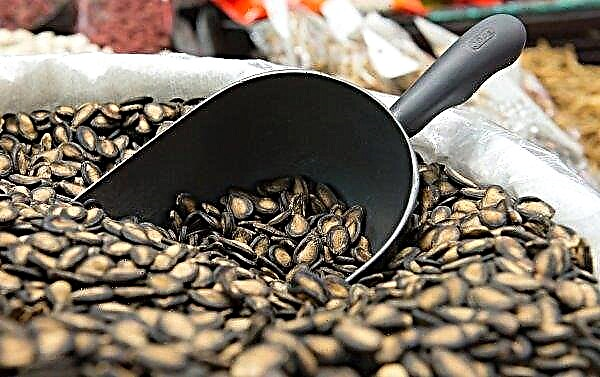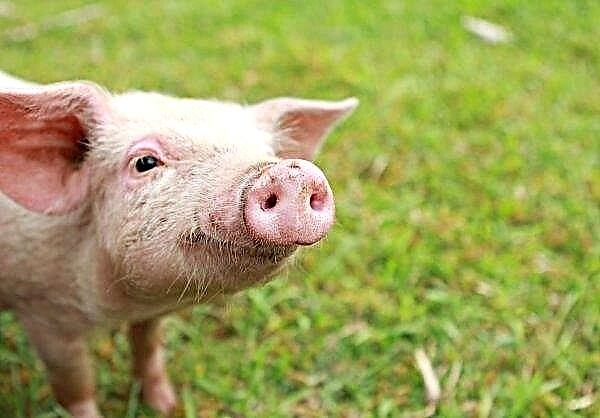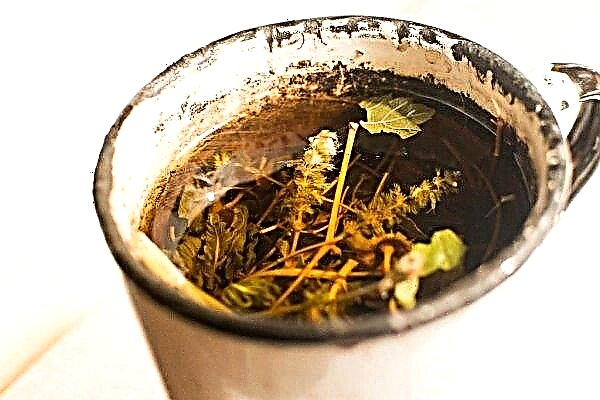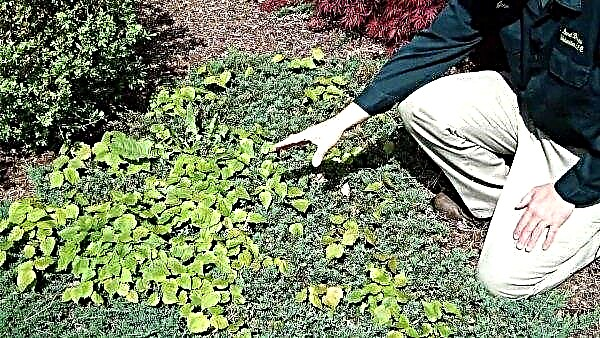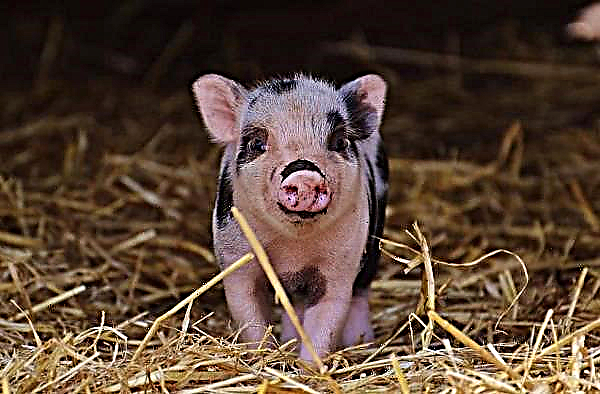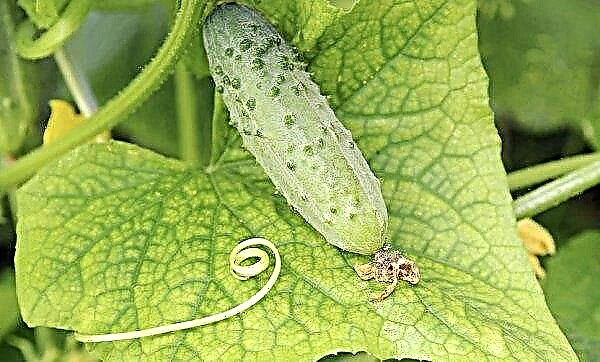According to recent estimates by the Food and Agriculture Organization of the United Nations (FAO), up to 40% of food crops worldwide are lost annually due to pests and plant diseases. As a result, millions of people suffer from hunger.
Plants are the source of most of the food we eat, but growers often ignore the issue of maintaining their health, which can lead to devastating results.
FAO believes that policies and actions to promote plant health are essential for achieving the Sustainable Development Goals: eradicating poverty and lack of hunger.
For all these reasons, the United Nations General Assembly declared 2020 the International Year of Plant Health. Direct speech: “Plant health is increasingly threatened.
 One of the most dangerous pests is desert locust. A swarm of these insects may consist of 50 billion individuals.
One of the most dangerous pests is desert locust. A swarm of these insects may consist of 50 billion individuals.
Climate change and human activities have led to ecosystem degradation, reduced biodiversity and the creation of new niches in which pests can thrive, ”said Marieta Sakalyan, expert at the United Nations Environment Program.
According to FAO, environmental degradation, travel and international trade, which can spread pests and diseases around the world quickly, causing significant damage to local plants and the environment, have tripled over the past 10 years.
In this sense, the Institute recalled that protecting plants from pests and diseases is much more profitable than combating large-scale phytosanitary emergencies. It is often impossible to destroy pests and diseases, and it takes a lot of time and money to deal with them.
- Earlier we reported that a voracious pest got to the Vinnitsa region.
- A dangerous agricultural pest has been intercepted on the US-Mexico border.
- We also wrote that a quarantine pest was noticed in two regions of Ukraine.
- In Ukraine, the number of wild pollinating insects has sharply decreased.
- In the new center of Belgium, insects and plants will be examined.




